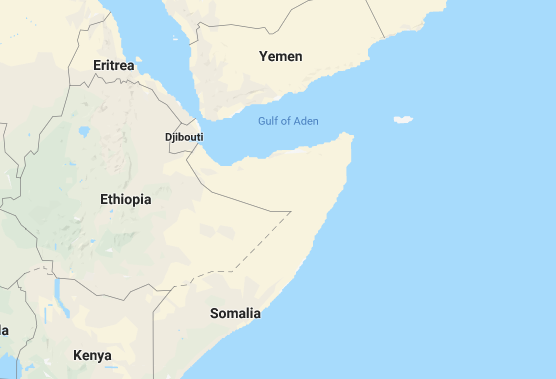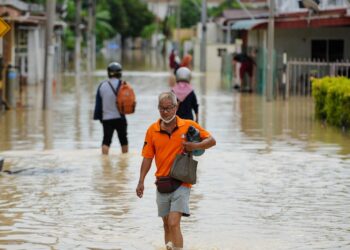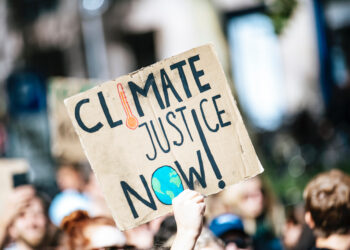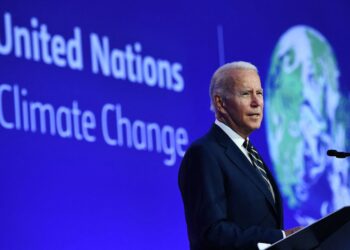Below average rains during the rainy seasons in Somalia have caused worsening drought in many parts of the country forcing more than 49,000 people to flee their homes since the beginning of the year in search for food, water, aid and work, United Nations High Commissioner for Refugees (UNHCR) spokesperson Babar Baloch said on Tuesday.
“An estimated 5.4 million people are likely to be food insecure by July. Some 2.2 million of these will be in severe conditions needing immediate emergency assistance unless aid is urgently scaled up,” Baloch said during a press briefing in Geneva.
He noted that those who were already driven out their homes due to conflict and violence are disproportionally affected by the drought.
For the #WorldEnvironmentDay @Refugees warns of growing climate-related displacement in Somalia due to drought. In 2019, 49,000 people fled their homes for this. Worldwide, weather-related hazards, displaced 16.1 million people last year alone https://t.co/2671nn1p3s pic.twitter.com/YMHT1uDsYj
— francesca fontanini (@fontanin) June 4, 2019
Last year, weather-related hazards such as storms, floods, and droughts displaced 16.1 million people worldwide, according to UNHCR. More people are expected to be displaced in the future as extreme weather conditions become more common.
Somalia’s latest drought came on the heels of the 2016-2017 drought that led to the internal displacement of over a million people.
“UNHCR and humanitarian partners fear that severe climatic conditions combined with armed conflict and protracted displacement could push the country into a far bigger humanitarian emergency,” Baloch said.
“Decades of climatic shocks and conflict have left more than 2.6 million people internally displaced.”
On May 20, aid agencies launched a Drought Response Plan to avert a humanitarian crisis. Under the plan, 794,000 people will get protection-oriented assistance and support. The agencies are appealing for $710.5 million to provide help to the Somalis, but to date, it is only 20 percent funded, UNHCR said.
























